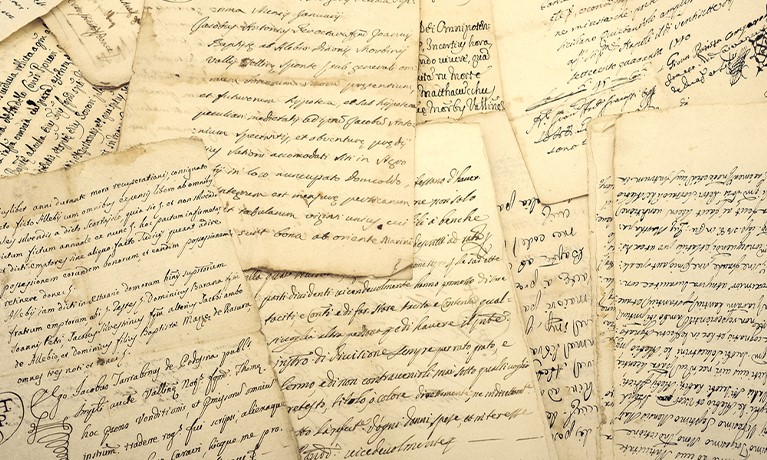Search
Moving Texts: Writing the Lives of Pre-Modern Books

We’re sorry.
This event has ended.
See our upcoming events.
Friday 19 January 2024
10:00 AM - 05:25 PM
Location
Event details
Sarah Chapel will be presenting her paper at the "Moving Texts: Writing the Lives of Pre-Modern Books" conference held by the Institute for English Studies.
The conference contributes to the growing interest in the copy-specific journeyings of pre-modern books as they moved through time, space, and context.
Biography
Sarah Capel is an artist and researcher in the third year of studying for a PhD with Coventry University's Centre for Arts, Memory and Communities. Her practice-based PhD explores how a contemporary print and needlework practice can help interpret early modern material culture. Sarah has a MA in early modern history from the University of Warwick and is an Associate Fellow of the Higher Education Academy.
Abstract
Copies of pattern, model, and sample books for needlework are among the rarest of early modern printed books to survive intact. By their very nature they were destined to be cut up and pricked with needles. This paper demonstrates how a material reading of a surviving instructional book, John Taylor’s The Needles Excellency (1636), expands our understanding of their use by, and creative potential for, the early modern stitchers who used them.
This paper first examines a specific copy of Taylor’s pattern book held in The National Art Library at The Victoria and Albert Museum and reveals traces of the creative choices of those who used it. Cuts in pages lead the contemporary reader to imagine the missing patterns, while pin pricks evoke practices of transferring patterns and the stitches that follow. Similarly, notes in the margins indicate how the book’s user might have selected patterns to construct a larger piece of embroidery. It follows that pattern books not only record evidence of their use, but also action possibilities. As a print and an instructional book, The Needles Excellency is productive and generative, and these different functions enable it to contain multiple temporalities.
This paper then explores how interpreting Taylor’s pattern book through a print and needlework practice helps illuminate the early modern understanding of meaning-making as an ongoing process between human and material participant (Canavan, 2017). Through a methodology which combines the creation of a new pattern book with the close reading of Taylor’s pattern book, this paper demonstrates the material and metaphorical importance of pattern books. It is a study that not only offers new ways to read an individual copy of Taylor’s book but enhances the sense of a shared community of practice crossing both spatial and temporal boundaries.


